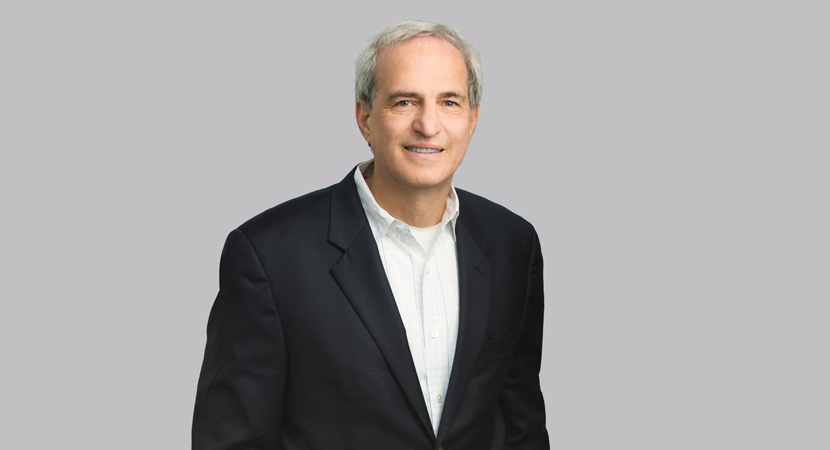The Leach Oil Site and the Mouren-Laurens Oil Site are located adjacent to each other in Compton, California. These sites have been the subject of litigation between the current and former owners and operators for almost 15 years. The plaintiff in that case, Rev. 973 LLC v. Mouren-Laurens, CV No. 98-10690 (C.D. Cal.), recently filed an amended complaint naming approximately 1,300 new potentially responsible parties (PRPs) that allegedly generated wastes sent to the sites. The plaintiff is now in the process of serving notices on those PRPs that require the new PRPs to appear in the lawsuit by completing a PRP Appearance Notice and taking other required actions within 30 days after receiving the notice. These new parties may not file or serve any other documents in the lawsuit, including motions to dismiss or answers, until the court enters an order for them to do so. The case management order apparently contemplates establishing procedures sometime in July 2014 for those parties to participate in the litigation. In addition, although site investigation activities have been ongoing for a number of years, the site investigation apparently has not been completed. The current case management order requires parties to complete site investigations by April 6, 2015. The discovery cutoff in the case is June 1, 2015, and trial is set for January 25, 2016. Loeb & Loeb LLP currently represents a group of 15 parties in this matter.
History of the Litigation
This matter has a long and complicated history involving two adjacent sites: the former Mouren-Laurens Oil Company Site located at 641, 705, 717 and 719 E. Compton Boulevard in Compton (the MLOC Site) and the Leach Oil Company Site located at 625 E. Compton Boulevard in Compton (the Leach Oil Site). The MLOC Site reportedly has been used since the 1950s for various phases of receiving, processing and packaging waste oil and other hazardous materials. The site reportedly was also used for repackaging refined motor oil. Underground pipelines reportedly transferred reclaimed oil from the adjacent Leach Oil Site to tanks on the MLOC Site. Site investigations have shown the presence of numerous chemicals in the soil, including 1,4-dioxane, PCE, TCE, DDT and PCBs. In addition, the groundwater contains elevated levels of PCE, TCE, NDMA and hexavalent chromium. The Leach Oil Site reportedly operated as a waste oil reclamation facility starting in the 1950s and included boiler units, a reclamation pond and the application of concentrated acids. Waste oil was processed at the refinery and then shipped by pipeline to a packaging facility at the MLOC property. Leach Oil also reportedly operated a hazardous waste transfer and storage facility at the site for some period of time. Site investigations show that the soil is contaminated with various chemicals, including PCE, lead, DDT, PCBs and 1,4-dioxane, and groundwater contains elevated levels of TCE, benzene, TBA and other constituents. The depth to groundwater at the site is about 85 feet below ground surface.
The owner of the MLOC Site initiated the litigation in 1998. The case, which has been active for almost 15 years, involves claims for private cost recovery and contribution under CERCLA and the California Health and Safety Code, for relief under RCRA, and for relief under various other theories. The case is pending before the Honorable Dale S. Fischer in the Central District of California. Judge Carl J. West (ret.) has been appointed as a Special Master. MK Environmental Consulting, Inc., has been appointed as an environmental consultant to conduct certain site investigation work, and site characterization work is ongoing. While the cost to investigate and clean up the two sites remains unclear, the defendants claim the costs will be in the range of $5 million, while the plaintiff claims the costs could be as high as $50 million.
This client alert is a publication of Loeb & Loeb LLP and is intended to provide information on recent legal developments. This client alert does not create or continue an attorney client relationship nor should it be construed as legal advice or an opinion on specific situations.
Circular 230 Disclosure: To assure compliance with Treasury Department rules governing tax practice, we inform you that any advice (including in any attachment) (1) was not written and is not intended to be used, and cannot be used, for the purpose of avoiding any federal tax penalty that may be imposed on the taxpayer, and (2) may not be used in connection with promoting, marketing or recommending to another person any transaction or matter addressed herein.
-
 Partner
Partner
)